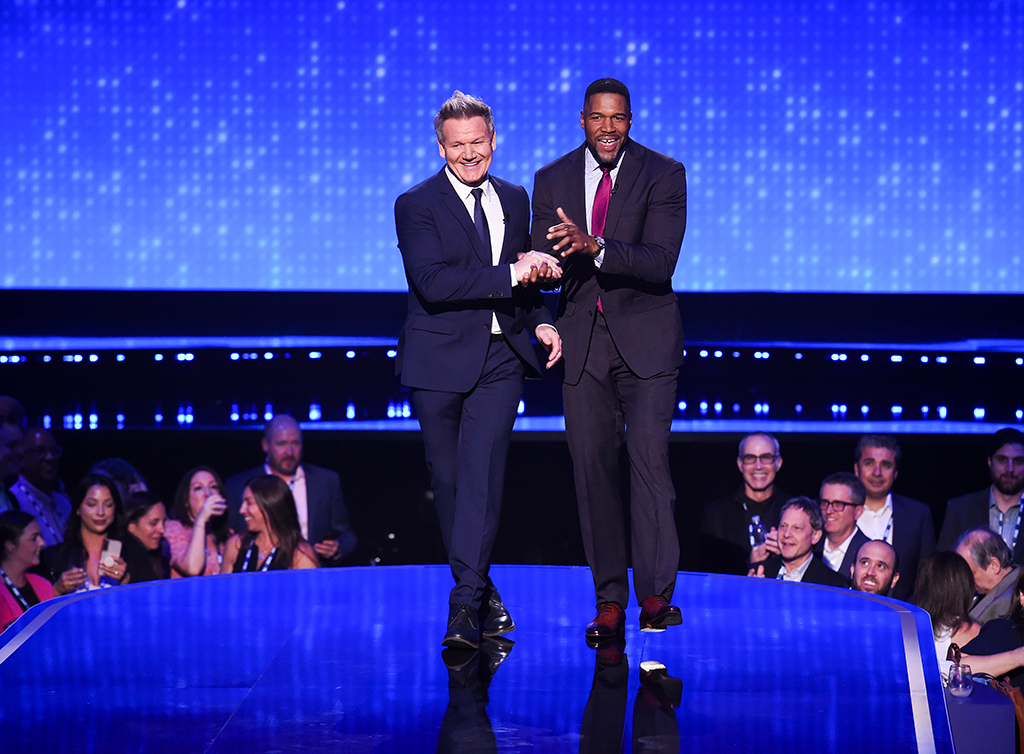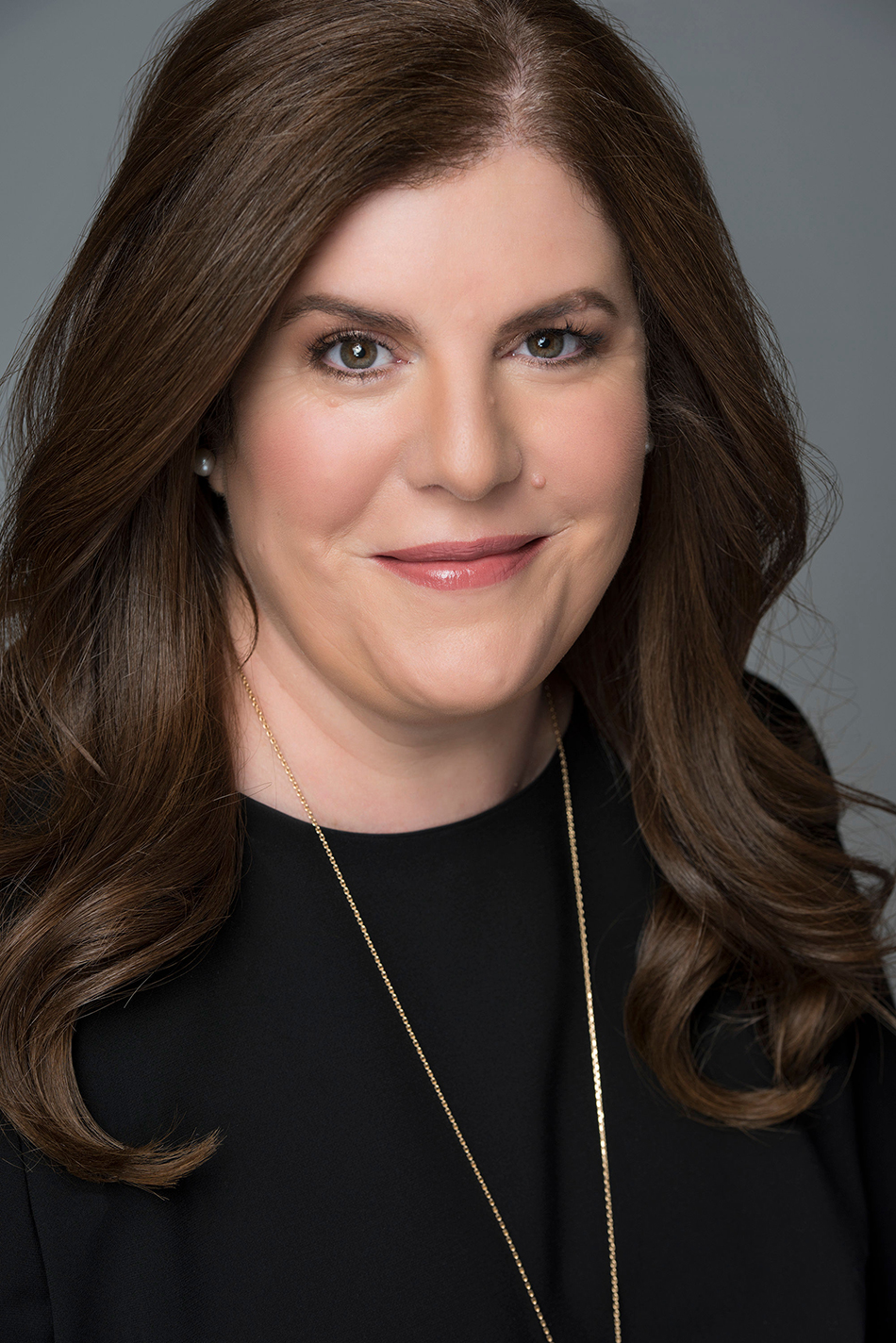
Television companies expect this year’s upfront to be stronger than last year’s.
“We're in a much better place than we were a year ago going into this upfront presentation,” Rita Ferro, president of global advertising sales at The Walt Disney Co., told B+C. “It's not 100% back, but it's most definitely better than it was when we were going into the upfronts a year ago.”
A year ago, upfront attendees were greeted by Writers Guild of America picketers as they entered the networks’ presentations. The actors’ union also went on strike, which meant original programming plans and primetime schedules were up in the air.
This year, the stars of new series will be on stage, replacing last year’s cast of game show hosts, reality celebrities and news anchors.
On top of that last year the economy was dealing with high inflation and still recovering from COVID-19 and supply-chain disruptions.
Also Read: Continuing Coverage of the 2024 Upfronts
“We’re finally in a spot where these things are settling a bit,” John Halley, president of advertising sales at Paramount Global, said. “You can see the advertising market operating a little better.”
With more viewing shifting to streaming, upfront spending on traditional linear networks decreased, along with ad prices. Upfront spending on the broadcast networks was down 3% to $9.6 billion. It was rougher for cable networks, which were down 7% to $9.5 billion.
That pattern isn’t changing. In its first-quarter earnings report, Warner Bros. Discovery said spending on its cable networks was down 11% to almost $2 billion, while streaming advertising grew 70% but brought in just $175 million.
As they shift to streaming, the traditional media companies are facing stiffer competition from tech giants like Amazon, YouTube and Netflix, which have launched ad-supported streaming services and will also be putting on upfront presentations this week.
Sports in the Spotlight
Sports remains the most in-demand inventory for linear networks, but more teams and leagues are moving to streaming, following the National Football League’s Thursday Night Football, which returns to Amazon Prime Video for another season.
Jon Steinlauf, chief U.S. advertising sales officer for Warner Bros. Discovery expects sports to be oversubscribed in the upfront.
In addition to the growing number of official league marketing partners, “you have a lot of new players that are trying to get into sports, some for the first time,” Steinlauf said. “In terms of ad-supported television genres, I would say sports have separated themselves from everything else.”
That means, in addition to late-night hosts, an all-star lineup of athletes will be present during the presentations.
Buyers plan to spend a bigger share of their video budgets during the upfront this year. A survey by Advertiser Perceptions found advertisers spending an average of 53% of their budgets in the upfront, compared to 49% last year. And 34% of clients said they planned to increase upfront spending this year, with 3% expected lower spending.
More of those dollars will go to streaming. Advertisers and buyers said they expect 45% of their upfront buys to be connected-TV inventory, according to Advertiser Perceptions.
That means that while the presentations will try to remind buyers that the industry can still produce premium content, advertisers are also looking for the targeting and proof of performance they expect from digital advertising. So in between clips from pilots and sizzle reels, there will be lots of talk about data and technology.

“We've made tremendous investments around our technology stack that delivers an incredible advertising experience around choice-based interactive advertising experience that's powered by an identity graph that's interoperable across the marketplace,” Ferro said.
Traditional media companies are selling convergence, insisting a combination of traditional and streaming advertising optimizes reach and yields the best return on spending.
Warner Bros. Discovery is taking its ad inventory to market in a way that is “fully harmonized,” chief financial officer Gunnar Wiedenfels said on the company’s first-quarter earnings call.
“On the DTC platform, we are enjoying all the benefits that everyone else enjoys in terms of being plugged into all the key marketplace platforms and taking advantage of data partnerships,” Wiedenfels said.
“Also on the traditional linear side, it’s important to remember that with the shift in the distribution landscape,we’ve got a much greater share of virtual MVPDs in the mix,” he said. “That opens up opportunities for us to do targeted advertising with dynamic ad insertion within the linear streams.”
There has long been a debate about whether lavish, star-studded presentations are still an important part of the upfront process. But this year at least, most of the big players are still in, joined by newcomers like Netflix.
Stars Retake the Stage
“I'm excited about the event that we're gonna be doing because last year we didn't have a lot of talent showing up at upfronts across the marketplace,” said Ferro.
At Disney, “you are going to see an incredible event that is really anchored in our storytelling in a way that goes back to what matters most in these platforms where you've all invested in technology,” Ferro said. “We’ve all invested around the ecosystem, and then the difference is content that connects and moves the consumer and ultimately allows brands to be in environments that are brand safe, and shape the hearts and minds of their consumers.”
No matter how entertaining the upfront presentations are, it will take time for negotiations to be conducted and for deals to be consummated,” said Donna Speciale, president of U.S. advertising sales and marketing at TelevisaUnivision. “Everyone is having conversations. It’s still early and budgets are coming in a lot later, which is similar to the pace of last year. We’re seeing it in scatter, where clients are buying a lot closer to when they want to be on the air. I think the upfront is similar — there is less of a sense of urgency on the client side that deals need to be made by a certain date.”







